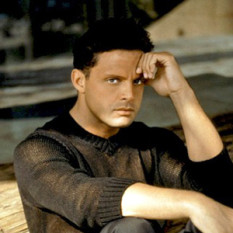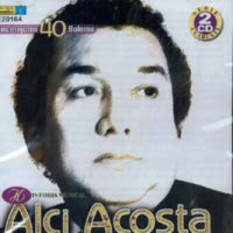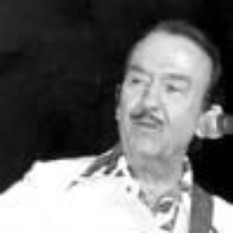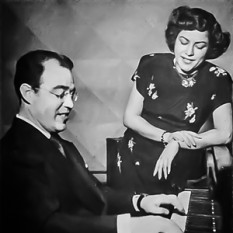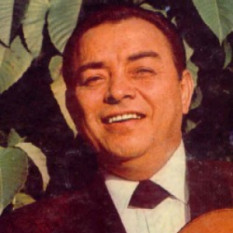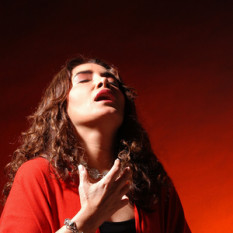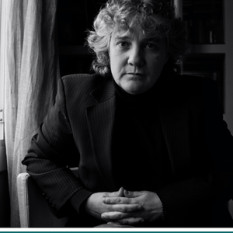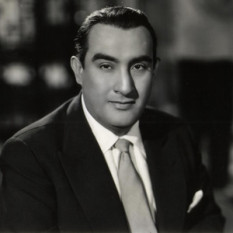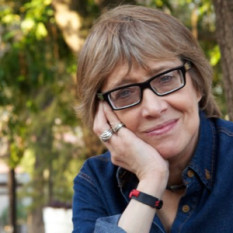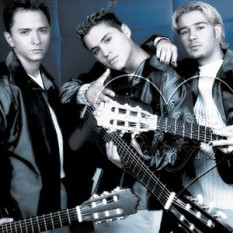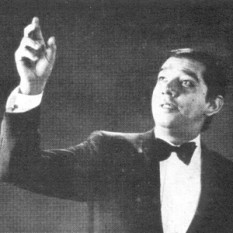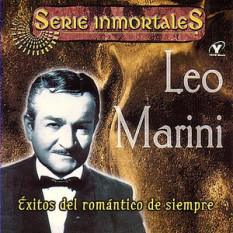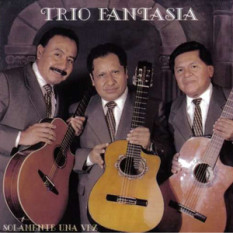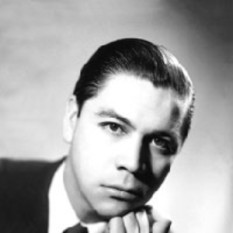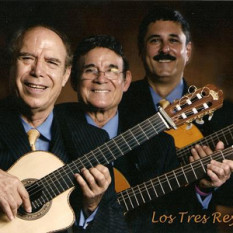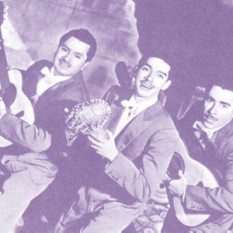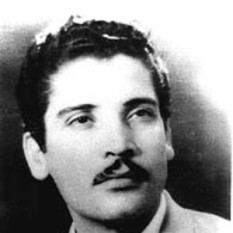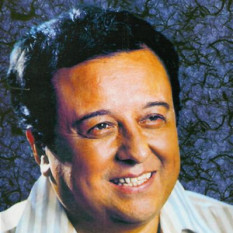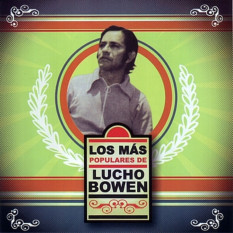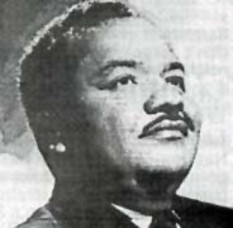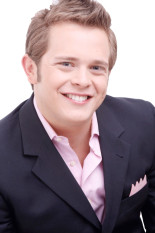Bolero(s) is a name given to certain slow-tempo Latin music and its associated dance and song. There are Spanish and Cuban forms, which are both significant, and which have separate origins. The term is also used for some art music. In all its forms, the bolero has been popular for over a century, and still is today.
The bolero is a 3/4 dance that originated in Spain in the late 18th century, a combination of the contradanza and the sevillana. Dancer Sebastiano Carezo is credited with inventing the dance in 1780. It is danced by either a soloist or a couple. It is in a moderately slow tempo and is performed to music which is sung and accompanied by castanets and guitars with lyrics of five to seven syllables in each of four lines per verse. It is in triple time and usually has a triplet on the second beat of each bar.
In Cuba, the bolero is perhaps the first great Cuban musical and vocal synthesis to win universal recognition. In 2/4 time, this dance music spread to other countries, leaving behind what Ed Morales has called the "most popular lyric tradition in Latin America".
The Cuban bolero tradition originated in Santiago de Cuba in the last quarter of the 19th century; it does not owe its origin to the Spanish music and song of the same name. In the 19th century there grew up in Santiago de Cuba a group of itinerant musicians who moved around earning their living by singing and playing the guitar. Probably, this kind of life had been going on for some time; but it comes into focus when we learn about named individuals who left their marks on Cuban popular music.
"Pepe" Sanchez (born José Sánchez at Santiago de Cuba, 1856–1918) is known as the father of the trova style and the creator of the Cuban bolero. Untrained, but with remarkable natural talent, he composed numbers in his head and never wrote them down. As a result, most of these numbers are now lost, but two dozen or so survive because friends and disciples wrote them down. He was the model and teacher for the great trovadores who followed.
The Cuban bolero traveled to Mexico and the rest of Latin America after its conception, where it became part of their repertoires. Some of the bolero's leading composers have come from nearby countries, most especially the great and prolific Puerto Rican composer Rafael Hernández; another example being Mexico's Agustín Lara. Some Cuban composers of the bolero are listed under Trova.
.

